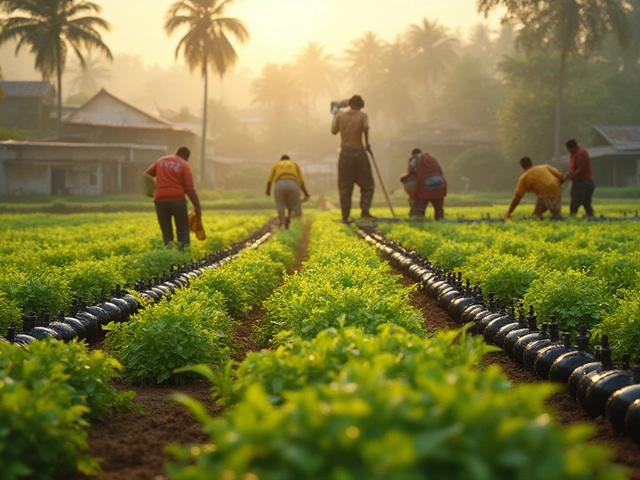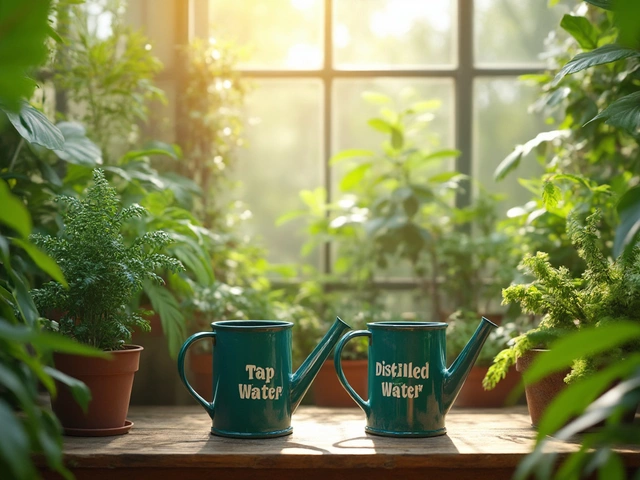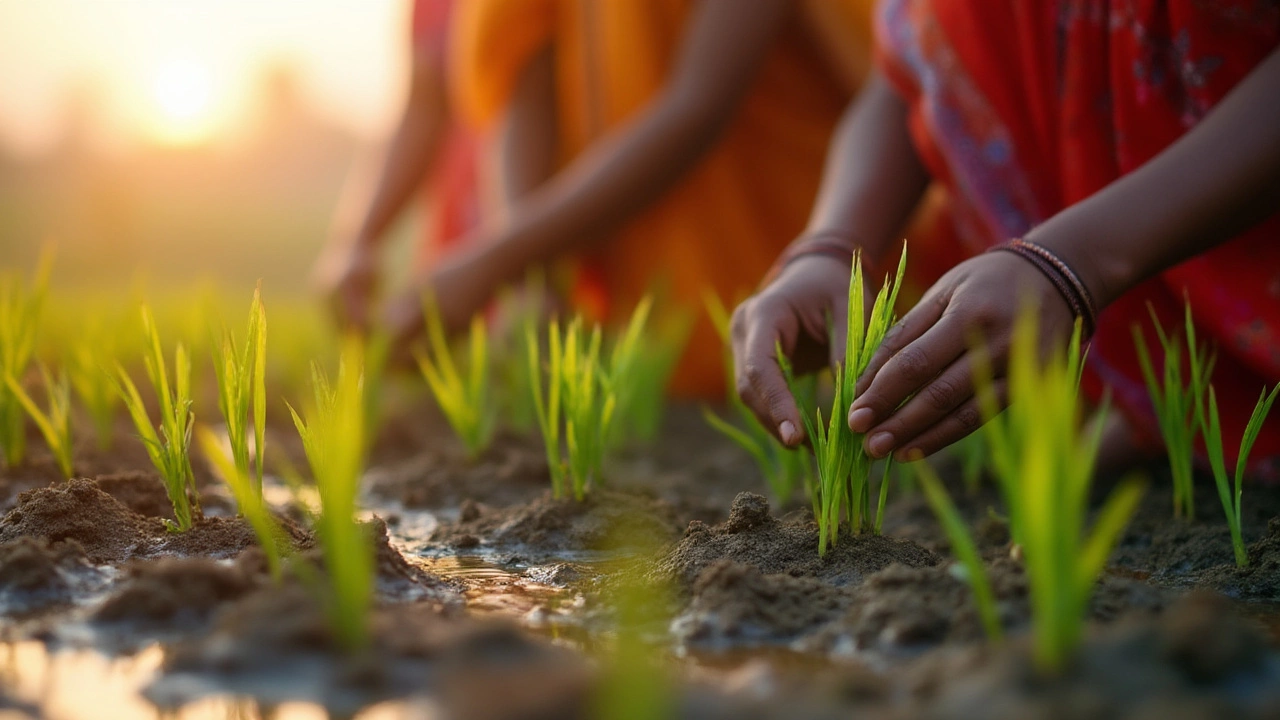How Deep to Plant Rice: Quick, Practical Tips
Getting the depth right can mean the difference between a thriving crop and a disappointing harvest. In most Indian regions, rice seedlings need just enough soil to stay moist but not so much that they struggle to break through. Below you’ll find the exact numbers, the reasons behind them, and a simple planting routine you can follow right away.
Why planting depth matters
Rice seeds are tiny—about 2‑3 mm long—so they need good contact with water‑logged soil to germinate. Too shallow and the seed dries out; too deep and it can’t push its shoot up. Research from Indian agricultural universities shows the optimal depth is 2‑3 cm for direct‑seeded rice and 5‑7 cm for transplanted seedlings. The extra depth for transplants protects the young roots while the plant establishes.
Soil type also plays a role. Heavy clay holds water but can compress, making it harder for a seed to emerge. Light loam lets water flow easily, allowing a shallower sowing. Adjust the depth by a centimeter if your soil feels especially hard or loose.
Step‑by‑step planting guide
1. Prepare the field: Level the land, remove weeds, and flood it to a depth of 5 cm. The water creates a soft seedbed and reduces weed competition.
2. Choose the right seed: For most Indian climates, short‑duration varieties like IR64 or MTU1010 work well. Check the seed label for germination rate; aim for at least 80%.
3. Measure the depth: Use a simple ruler or a wooden stick marked in centimeters. For direct seeding, place seeds 2‑3 cm deep; for transplants, make a small hole 5‑7 cm deep.
4. Space the seeds: Space rows 20‑22 cm apart. Within a row, place seeds about 10‑12 cm apart. This spacing gives each plant room to spread roots and leaves.
5. Cover and press: Gently backfill the hole with soil, tamp it lightly, and keep the water level consistent. A steady 5‑10 cm water depth prevents the soil from drying out.
6. Monitor germination: Seeds usually sprout in 5‑10 days. If you see many seedlings emerging above the water line, lower the water a bit; if they’re struggling, raise the level.
7. Thin if needed: When seedlings reach 5‑7 cm tall, thin them to the recommended plant density (about 120 kilo‑plants per hectare). This step prevents overcrowding and boosts yields.
8. Maintain water and nutrients: Keep the field flooded for the first 30‑45 days, then gradually drain to allow aeration. Apply a balanced N‑P‑K fertilizer as per local recommendations, usually 60 kg N/ha split into two doses.
Following these steps will help you set the perfect depth and give your rice the best start. Remember, the key is consistent water, proper spacing, and a depth that matches your soil’s texture.
Got questions about a specific variety or region? Drop a comment and we’ll sort it out together.
How Deep to Plant Rice: Best Depths, Mistakes, and Expert Tips
Planting rice at the right depth might sound simple, but it's key for healthy crops. Find out the science behind the best rice planting depth and get hands-on advice for perfect results.
About
Rice Cultivation
Latest Posts


Essential Guide: Indoor Plants That Thrive with Misting
By Alden Thorne Jan 20, 2025

Discovering Native Indian Plants: A Seasonal Guide
By Alden Thorne Jan 17, 2025

Rainy Season Blossoms: Discovering India's Monsoon Marvels
By Alden Thorne Mar 13, 2025

